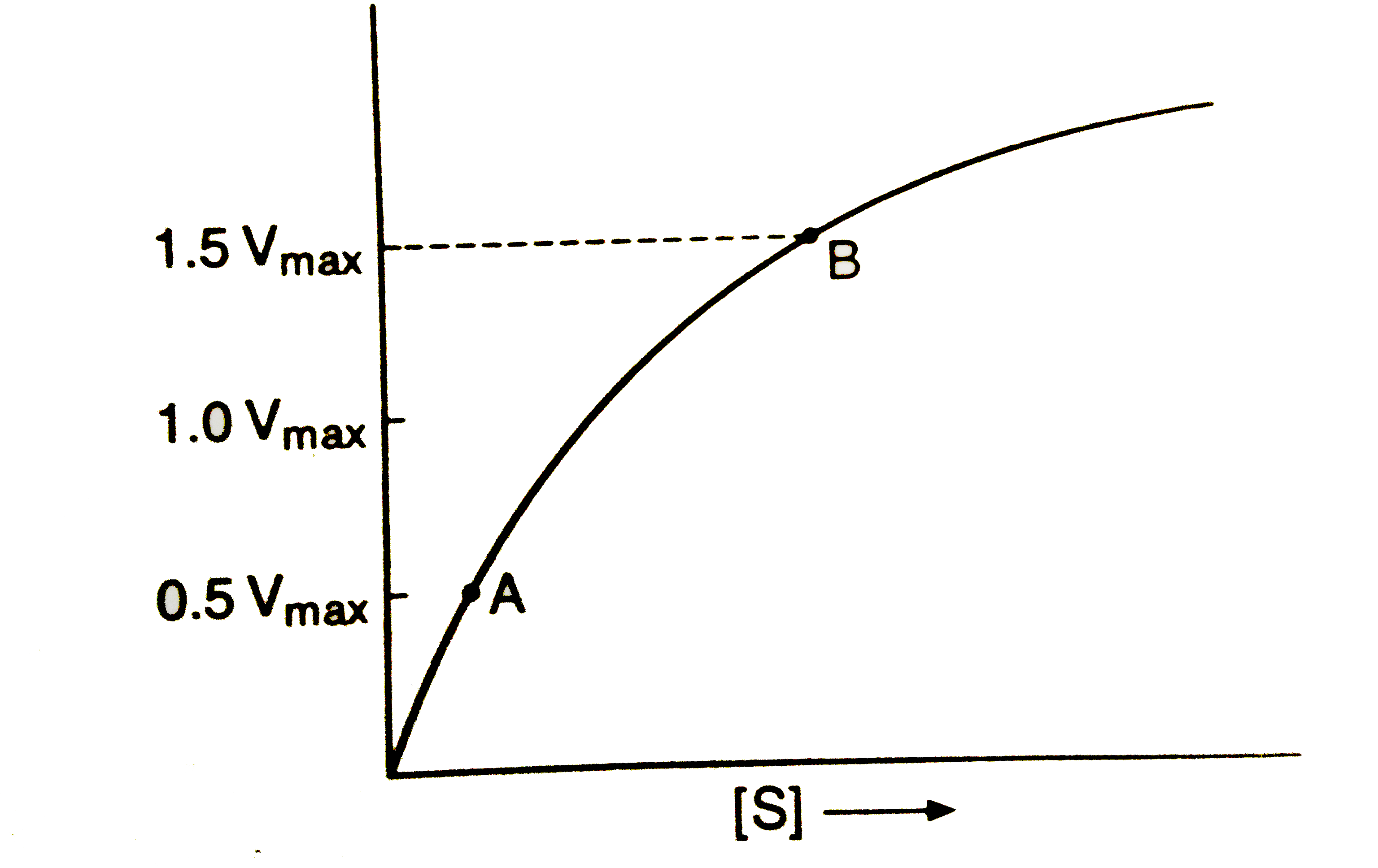For the two step reaction in which both the steps are first order

Rk1−−→I
Ik2−−→P
the rate of change of concentration of I is given by the plot
I
II
III
None
The correct Answer is:B
Concentration of intermidiate, I will first increase with time (because the rate of second step is very low in the beginning) but as the concentration of I increase. This will result in a corresponding decrease in concentration of I with time.
Topper's Solved these Questions
- RATES OF REACTIONS AND CHEMICAL KINETICSBOOK - DINESH PUBLICATIONCHAPTER - RATES OF REACTIONS AND CHEMICAL KINETICSEXERCISE - Assertion or Reason
20 Videos
- PHYSICAL AND CHEMICAL EQUILIBRIABOOK - DINESH PUBLICATIONCHAPTER - PHYSICAL AND CHEMICAL EQUILIBRIAEXERCISE - ULTIMATE PREPARATORY PACKAGE
13 Videos
- REDOX REACTIONSBOOK - DINESH PUBLICATIONCHAPTER - REDOX REACTIONSEXERCISE - Reasoning Type Questions
4 Videos
Similar Questions
Conisder a mechanism in which a single reactant profuces several Products by the following parallel first order reactions :
Ak1−−→B,Ak2−−→CAk3−−→D
Write the rate expresison for [A].
View SolutionIn the following first order competing reactions Ak1−−→B,Ck2−−→D. If only 50% of A have been reacted whereas 94% of C has been reacted in the same time interval then find the ratio of k2k1.
View Solution
Knowledge Check
For the consecutive unimolecular first order reaction Ak1−−→Rk2−−→S, the concentration of component A, CA at any time t is given by
AC=CA0e(k1+k2)tBCA=CA0e−(k1+k2)tCCA=CA0e−k1tDCA=CA0ek1tFor the consecutive unimolecular-type first-order reaction Ak1−−→Rk2−−→S, the concentration of component R, CR at any time t is given by -
CR=COAK1[e−k1t(k2−k1)+e−k2t(k1−k2)]
if CA=CAO,CR=CRO=0 at t=0
The time at which the maximum concentration of R occurs is -Atmax=k2−k1ln(k2/k1)Btmax=ln(k2/k1)k2−k1Ctmax=ek2/k1k2−k1Dtmax=ek2−k1k2−k1A consecutive reaction, AK1−−→BK2−−→C is characterised by:
AMaximum in the concentration of ABMaximum in the concentration of BCMaximum in the concentration of CDHighly exothermicity
In the sequence of reaction,
Lk1−−→Mk2−−→Nk3−−→O
k3>k2>k1
The rate determining step of the reaction is :
View SolutionAn enzyme [E] is combined with the substrate [S] as follows:
E+SK1⇐⇒K−1ES
ESK2−−→P+E
The overall reaction rate is given by:
Rate =Vmax[S]Km+[S] and the rate of reaction varies with substrate concentration as:

The order of reaction at point A is :
View SolutionThe mechanism of the reaction A+2B→C+D is:
Step I: A+Bk1⇐⇒k2I
Step II: B+Ik3−−→C+D
In the first step is a fast equilibruim , then the incorrect statement is :
View SolutionConsider the reaction mechanism:
A2keq⇐⇒2A(fast) (where A is the intermediate.)
A+B−−→k1P(slow)
The rate law for the reaction is
View SolutionIn the series reaction
AK2−−→BK2−−→CK2−−→D , if K1>K2>K3 then the rate determing step of the reaction is
View Solution
